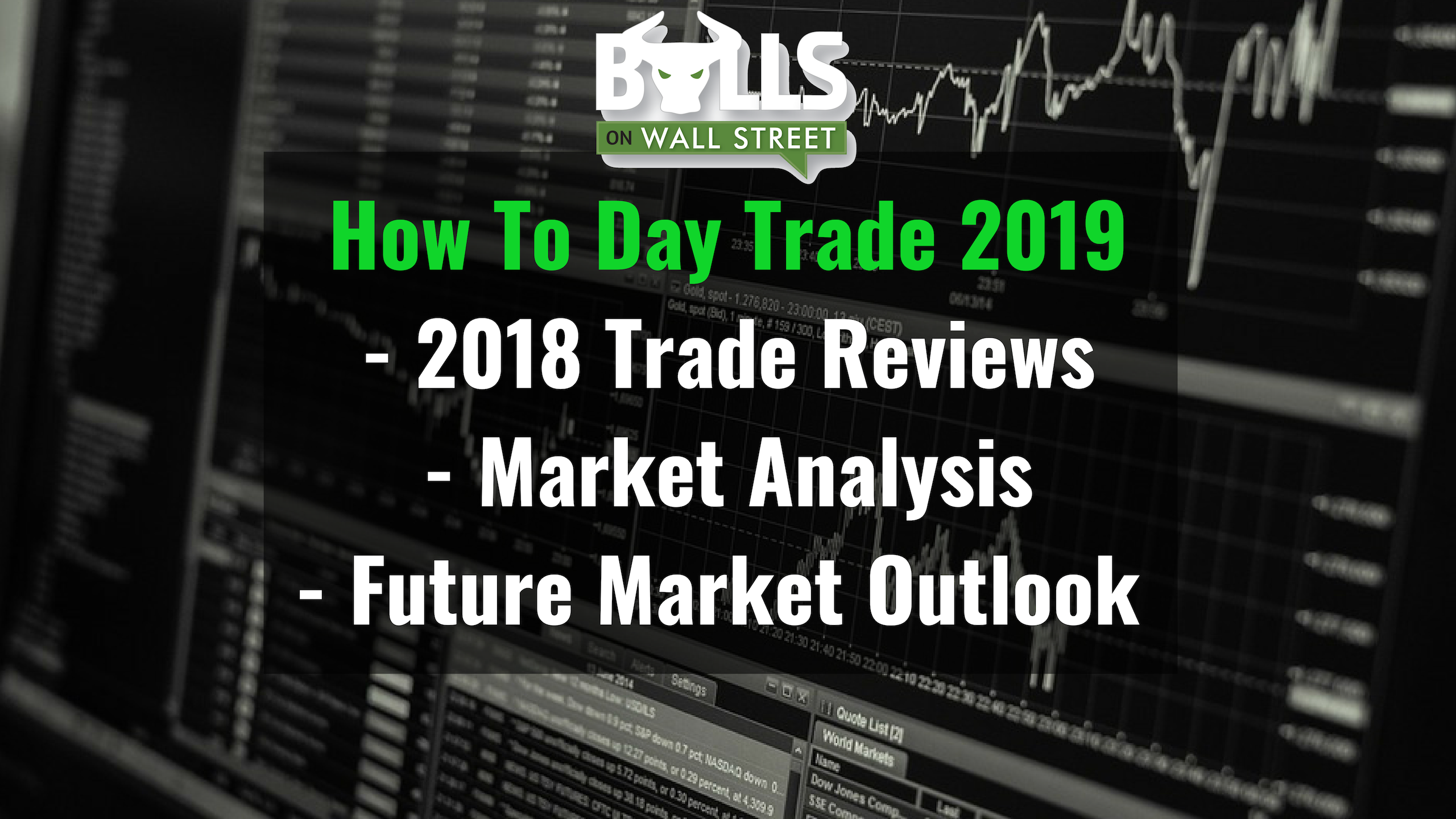
The last two months of 2018 have seen some of the highest levels of volatility in the S&P in over a decade. These market conditions are deadly for day traders with no risk management, sense of timing, or patience. But for traders who possess these qualities, it can be the time when you make the most money.
Most traders today have never seen a bear market before, and have no idea how to capitalize. Today we will give you our best strategies and tips for day trading market volatility, and talk about how you can build up your account in 2019:
Inverse ETF’s
My favorite way to capitalize on weakness in the overall market is to long inverse ETF’s. Inverse ETF’s are very simple: They appreciate in value when the overall market depreciates. Our favorite instrument to trade is TVIX. On some days when the market is rolling over, it can go up 10%-20% in a day.
Note that leveraged ETF’s should just be used to capitalize on short term momentum in the market. They also have major pullbacks since they are leveraged, and can fall just as fast as they rise. I never hold positions in them overnight, as they tend to decay overtime, and they have huge gaps in both directions.
Keep Size SMALL
Many new traders are under the impression that increasing position size will automatically make you more money. In volatile markets, trading large position sizes will actually make you less money. You will become more emotional and as a result make poor trading decisions. You will see some wild swings in your PNL, and you will focus on the money instead of the market’s trend.
You don’t need trade that much size to make good money when you have this kind of volatility. When trading something like TVIX that can move 5 points a day, you only need to be taking 100 shares of it to get $200-$300 days, especially if you are scaling your positions.
Scaling In and Out of Positions
My favorite trick to capitalize in volatile market conditions is to scale in and out of my positions. This means that I will buy and sell ¼, ⅓, or ½ my positions, instead of buying and selling the whole thing each time. This useful in volatile market conditions when there a large swings in each direction.
I find that scaling helps newer traders stay less emotional and keep losses small. There is nothing worse than getting a big move in your favor, not taking profits, and then having it completely come back to your entry price and turn into a loss. Taking ½ or ⅓ of your profits allows you to get some cash flow, while also keeping yourself in a position to capitalize on a bigger move.
You can also scale in with your entries. This allows you to keep your losses small if you are not on the right side of the trend. If you only take ½ of your planned position size at first, if it turns out you were wrong you are taking a very small loss. Next time when you get on the right side of the trade, you can add the second ½ of your position and have a much bigger winner. This will keep the risk vs reward ratio strong, and make having a high win percentage less important.
Don’t Blindly Short
Most traders reading this have not traded in a bear market before. Most are under the impression that the market just goes down everyday, and you just need to short at any price and you will make money. Bear markets are actually periods when the market sees some of the largest rallies.
If you look back at 2008, you can see the S&P had multiple periods were the market rallied 10%-20% in just a few days. Just last week we saw a 7% rally in just one trading day. If you short at the wrong time, you will get squeezed badly, especially if you are trading leveraged ETFs. You need to learn how to wait for a market pullback.
Pullbacks
Buying breakouts and shorting breakdowns is the last thing you want to be doing in volatile market conditions. More volatility means all instruments are trading with larger than average ranges. If you are chasing strength and weakness you will get smoked out. If the breakout or breakdown doesn’t follow through, the market will likely have a huge reversal and you are going to be underwater.
Instead, wait for pullbacks to the intraday moving averages and the VWAP. You want entries that give you a sold risk vs reward ratio, ideally at least 2:1. Given the range of everything in the current market conditions, you can get some very high reward plays, sometimes 4:1 or 5:1,if you are patient for the right entry on a pullback.
Free Trader Assessment
Need guidance on how to improve your trading results in 2019? Contact us here for a free trader assessment, and we will give you actionable feedback to help you to reach your 2019 trading goals.


